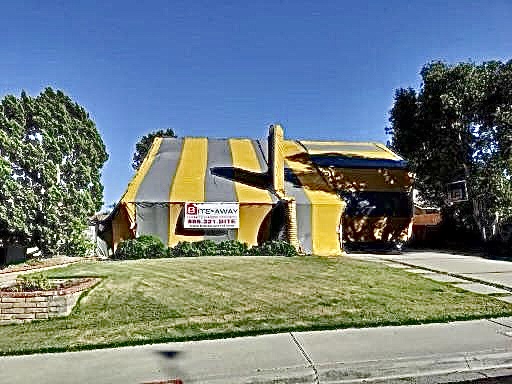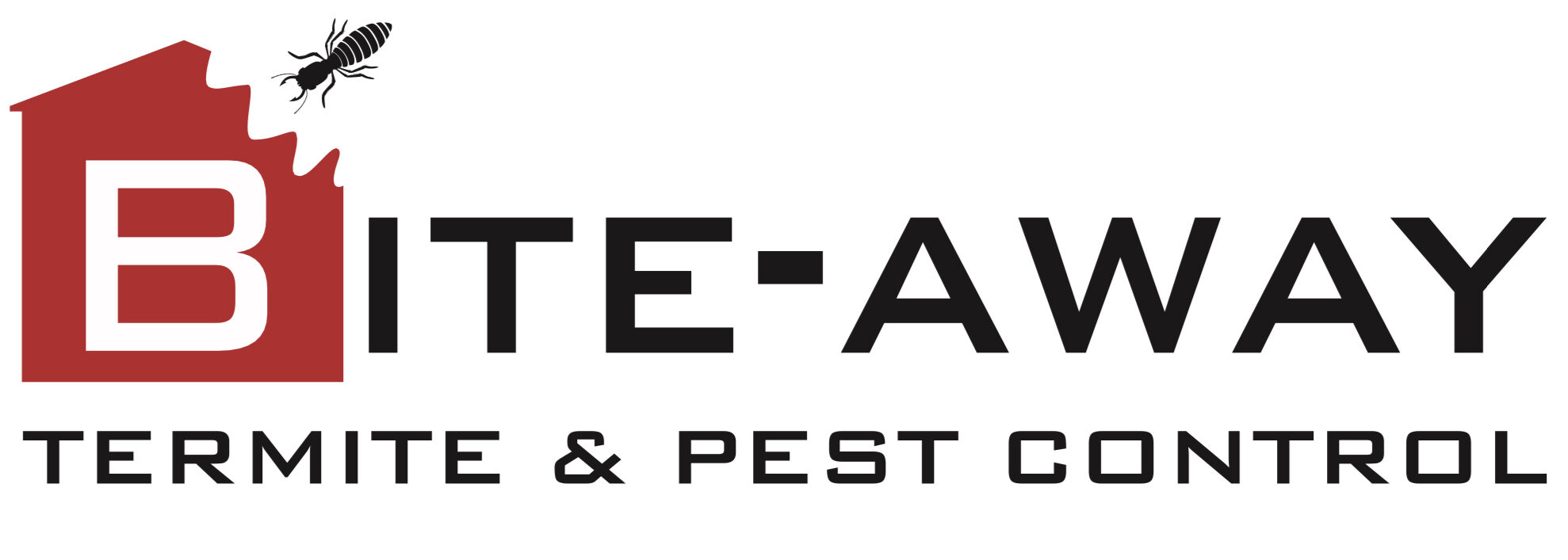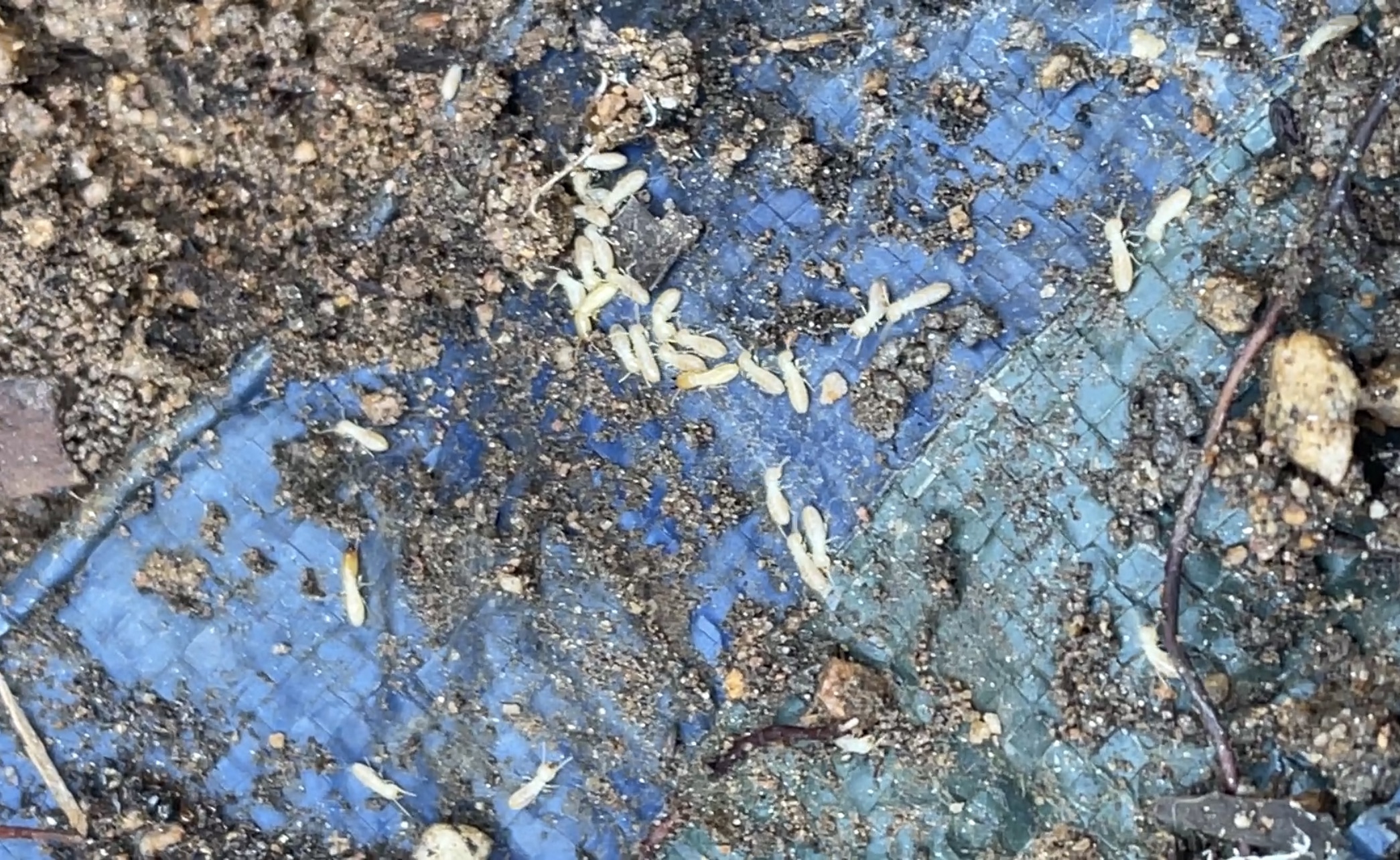Termites are a significant concern in Southern California due to the potential damage they can cause to structures. The region is home to both subterranean termites (Reticulitermes spp.) and drywood termites (Incisitermes spp. and Cryptotermes spp.).
Subterranean Termites
Subterranean termites are the most common species in the region. Swarming activity typically peaks in late winter and early spring, while foraging and feeding activities continue throughout the year.
Drywood Termites
Drywood termites, on the other hand, do not rely on soil contact and can infest structures directly. Their swarming activity usually occurs during late summer and early fall. Regular inspections and preventative treatments by pest management professionals are recommended for termite control.
A termite infestation is no joke. The damage they cause can go unnoticed as they eat the wood members of your house often without disturbing the finished surface such as paint. An infestation can go on for years without notice causing thousands of dollars in damage, and often affecting the structural integrity of the house or deck.
Treatment options
Bite Away can deal with termites in several ways. If their presence is confined to a small accessible area, local treatment can be used to kill them. If they are in an inaccessible area, such as the wall cavity, inside wood members, or in inaccessible areas of the attic, the only truly effective way to kill them is by fumigating the structure. This is where the entire structure is covered with tarps which form an airtight “tent” or envelope around the house. Gas (usually Vikayne) is introduced in sufficient quantity to displace the air inside, killing just about anything in the tent. In some cases, heat treatment can be effective. This is where the area is exposed to high heat which is sufficient to kill termites while sparing the structure.

If a home has had a termite infestation, or it has been fumigated recently, you can obtain a Termite Damage Warranty which will protect your home or building from future damage. Consider a termite warranty as you would warranty on auto repair. It is a small investment that can help you avoid termite damage in the future.



